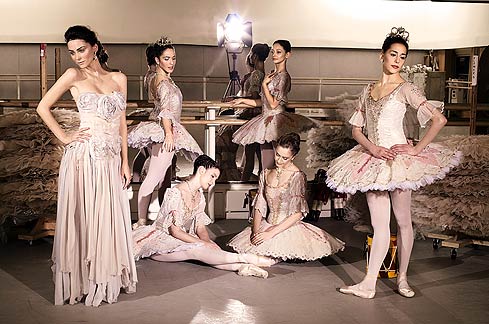Dancing retirements
Dancers are notoriously bad at planning for their second acts. They underestimate the age at which they’ll retire (the average age of retirement is 34), overestimate the amount of money they’ll earn, and misjudge the forces that will end their careers. More than one-third of the dancers in a 2004 survey were driven to retirement by an injury; only 5 percent left because they actually wanted a new career. When dancers enter the workforce in their thirties, many are woefully unprepared. Only 3 percent of current dancers say that teaching dance is their preferred post-retirement line of work, but it’s the most common fate: 53 percent end up teaching dance in some capacity.
And this:
Even during peak earning years: in the U.S., an average dancer’s annual total income is just $35,000—about half of which comes from non-dance activities.
The article is interesting throughout, for instance:
She wants a serious relationship; both of her sisters are married. She’s tried Tinder and recently joined Bumble. For obvious reasons, she doesn’t like the apps that make you fill in your whole biography. Does she miss her old life—the drama, the spotlight? “I don’t think real life has enough glamour,” she says. But she also says that she doesn’t think glamour is “enough to base your life on.”
That is from an Alice Robb Elle profile of Alexandra Ansanelli, a ballerina who retired early, via Annie Lowrey.
Ansanelli is on the far right.
